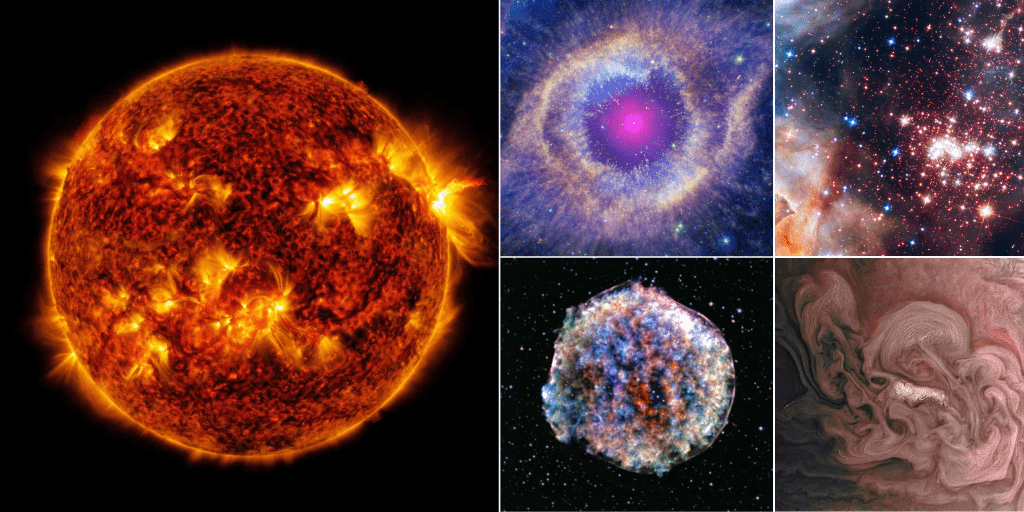Tag: NASA
NASA Unveils Stunning Images of Our Expansive Universe

As the age-old questions surrounding alien existence and enigmatic events like Roswell continue to baffle us, NASA’s cutting-edge technology brings us closer to understanding the wonders of the cosmos. Advancements in space imaging have come a long way, with the Hubble Telescope and various satellites providing excellent snapshots of the universe. Robotic missions to Mars have further enhanced our knowledge, yet our curiosity is insatiable.
Enter the groundbreaking James Webb Space Telescope and sophisticated new cameras, now offering awe-inspiring views of celestial phenomena that reshape our understanding of the universe. Effortlessly, we can now observe intricate details of supernova remnants, dazzling galaxies, and the intricacies of our solar system. While ancient civilizations once strained their eyes to decipher the night sky, today’s technology allows us to marvel at the cosmos like never before. Embark on a journey through the stars and witness the breathtaking expanse of our universe – your celestial voyage awaits!
